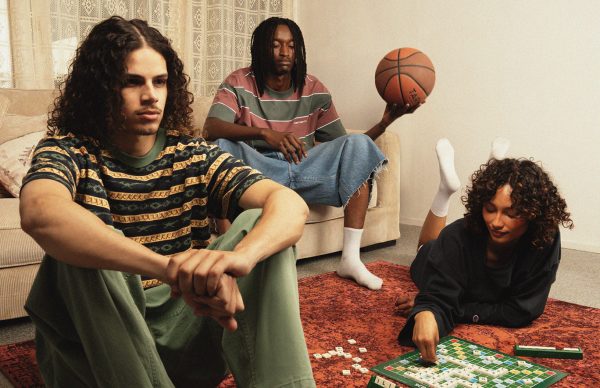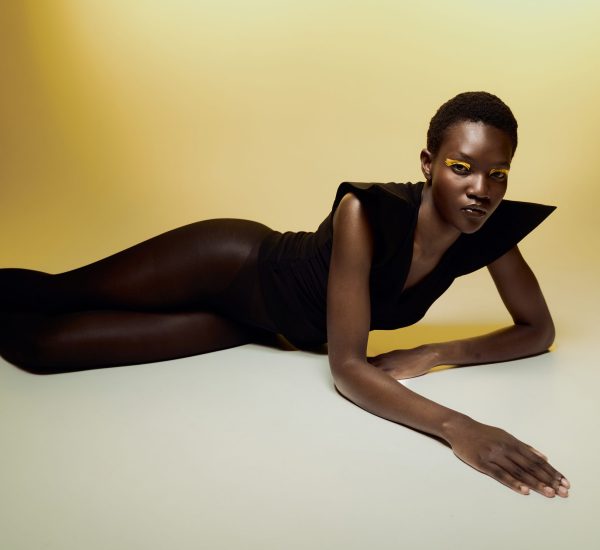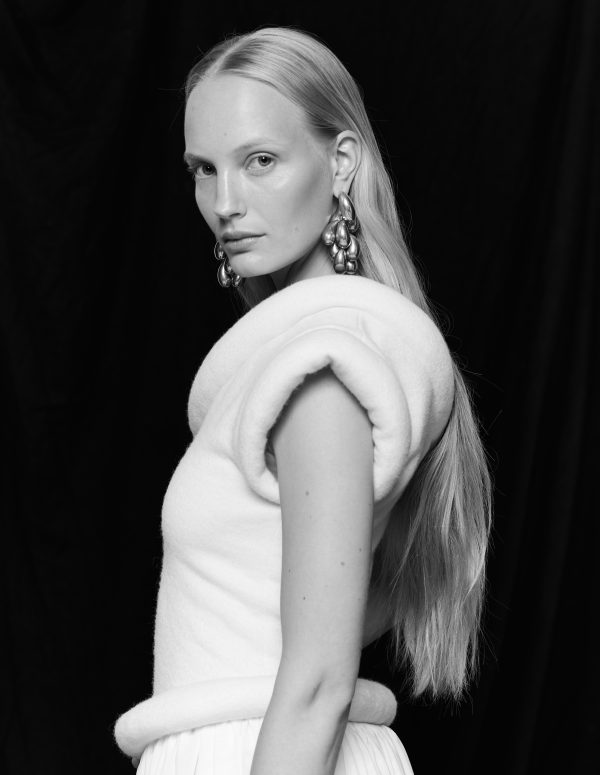Italy’s history and heritage in the realm of footwear is one both rich and prolific. Endemic to its eastern coastal region – Le Marche – the footwear industry there has become famous for excellence and luxury products, and it has played host to generations of shoemakers, whose reputation globally is that of an unparalleled savoir-faire. As Italy shifted into a more modern fashion industry in the 1970s, a new industrial, international structure came into place, whilst all the while maintaining the high standards of design that it had come to be known for. One such company is VIC MATIĒ, which was launched in 1987, born under the Linea Marche umbrella.
Quickly establishing a harmonious balance between innovative design and a clever use of the emerging technologies and materials that were available, VIC MATIĒ has come to define the know-how of Italy’s industry. With Silvia Curzi – daughter of founder Renato Curzi – now at the helm, a new generation brings a new outlook on the design process, purveying an added layer of contemporary flair and intrinsic style to the brand. As Schön! sits down in conversation with Silvia Curzi, she unveils the aesthetic that defines VIC MATIĒ, the importance of Made in Italy, and we discuss the ramifications of design in independent fashion.
VIC MATIĒ has a great family backstory – at what stage did you decide to become a part of the brand?
I was practically born in the company! When I was small my father would take me into the office. I remember playing in between the various prototypes that were being developed as he worked, and I used to imagine already being an adult and getting my hands on those marvels. I was the first to wear the first VIC MATIĒ shoe, and it’s still perfectly imprinted on my mind.
What does material represent for you? How would you define your design process, notably in relation to rubber?
Material is everything. It embodies the true substance of a shoe and it almost precedes any other subsequent aesthetic choices. For VIC MATIĒ, rubber is really the primordial material: it’s in the centre of my thoughts when I’m in the process of thinking about creating a new project. Above all, it’s a material that perfectly embraces industrial methods and also guarantees an ideal functional use. That’s particularly important for a brand that creates design accessories, which are absolutely and utterly wearable in everyday situations.

Rubber has definite ‘90s connotations – are the 1990s a source of inspiration for you?
Naturally! VIC MATIĒ was born in 1987 and it exploded to its full potential right in the heart of the culture and aesthetic of the 1990s. I was a young girl in that period in time and maybe because of that the style of that decade is rooted in the brand and in the cultural baggage of our house.
That doesn’t mean that it is crystallised in a certain historical time frame: the roots remind us of who we are. Fashion, however, must dress the present and think of how the aesthetic of the present will evolve in the future. I think it is our responsibility to give form and life to aesthetic requirements that haven’t even manifested themselves yet, and to push ourselves beyond the confines of a known status quo.
Where do you source inspiration?
When I am working on a new collection, my first thought is always that of staying true to the soul and strong characteristics of the brand, beyond the trends of the moment. Inspiration comes from varied and unexpected situations: very often, it’s from nature, or architecture. I get it even from the women I see in the streets, who are striking because of their look and aesthetic sense. Music, too, and culture are an important source of inspiration for me. Often, when I’m listening to music, I picture the design of a new shoe that I want to create.
There are traces of British culture in SS17. Is rock still a fascination for you?
Always! Rock is my daily soundtrack. I like and also listen to all sorts of music – rap and electro for example – but my first love is an eternal one! The hints to British heritage are interwoven with my inclination to rock, and to the figures who over time came to define its structure and value.
Why is the Made in Italy seal still so important? What role does it play for VIC MATIĒ?
The Made in Italy factor is extremely important. But there are certain parameters you have to delineate.
Firstly, it has to be a true and not a fictional Made in Italy. That means it has to be designed and produced in Italy: the product takes advantage of the culture and skill that constitutes the core of our manufacturing story. It also has to be a seal of guarantee of added value – from an aesthetic and style point of view, above all, and it has to be technically sound in the manufacturing process, and only replicable with difficulty.
If Made in Italy becomes a sort of commodity or a label, then it isn’t worth anything. On the contrary, it diminishes the value of the product and generates incongruity. It can be a penalising factor in that context.

SS17 puts the focus on everyday life, on its aesthetic, its characteristics. How do habitual processes interest you?
I always thought that the function of fashion, without venturing into pretentious territory, has, first of all, served the purpose of making life more pleasurable, and that of improving it from an aesthetic point of view. My aim is to bring objects of design, research, of great quality, into everyday life.
Industry has always played an important role in the story of VIC MATIĒ – how so?
We originated from an industry of Made in Italy and to this day, we are still. We have been defending this heritage since forever. Industry, with its dynamics, remains central in our course and remains artisanal in its workings. What is most important, beyond the machinery, are the hands and the eyes that make the process possible, and they are always the defining factor that will determine the quality of the final product.
What role does independence play in your work?
Being an independent brand is, for me, the key to success. There is a specific space on the market for independent brands: they offer an alternative point of view and therefore products with their unique aesthetic and their own identity. These are brands capable of telling their own story, in an honest and authentic way.
What do you envisage for the futre of VIC MATIĒ?
My aim with VIC MATIĒ is to carve out a reference role in its sector: that of accessible luxury. Consumers are more and more informed on a global scale, and above all, they know how to make the most of this flux of information in an informed way. They look for alternatives – real, concrete alternatives – as they select products that have their own style, and purvey sound values, that continue to be clearly independent, sound of value and of quality.















































































































